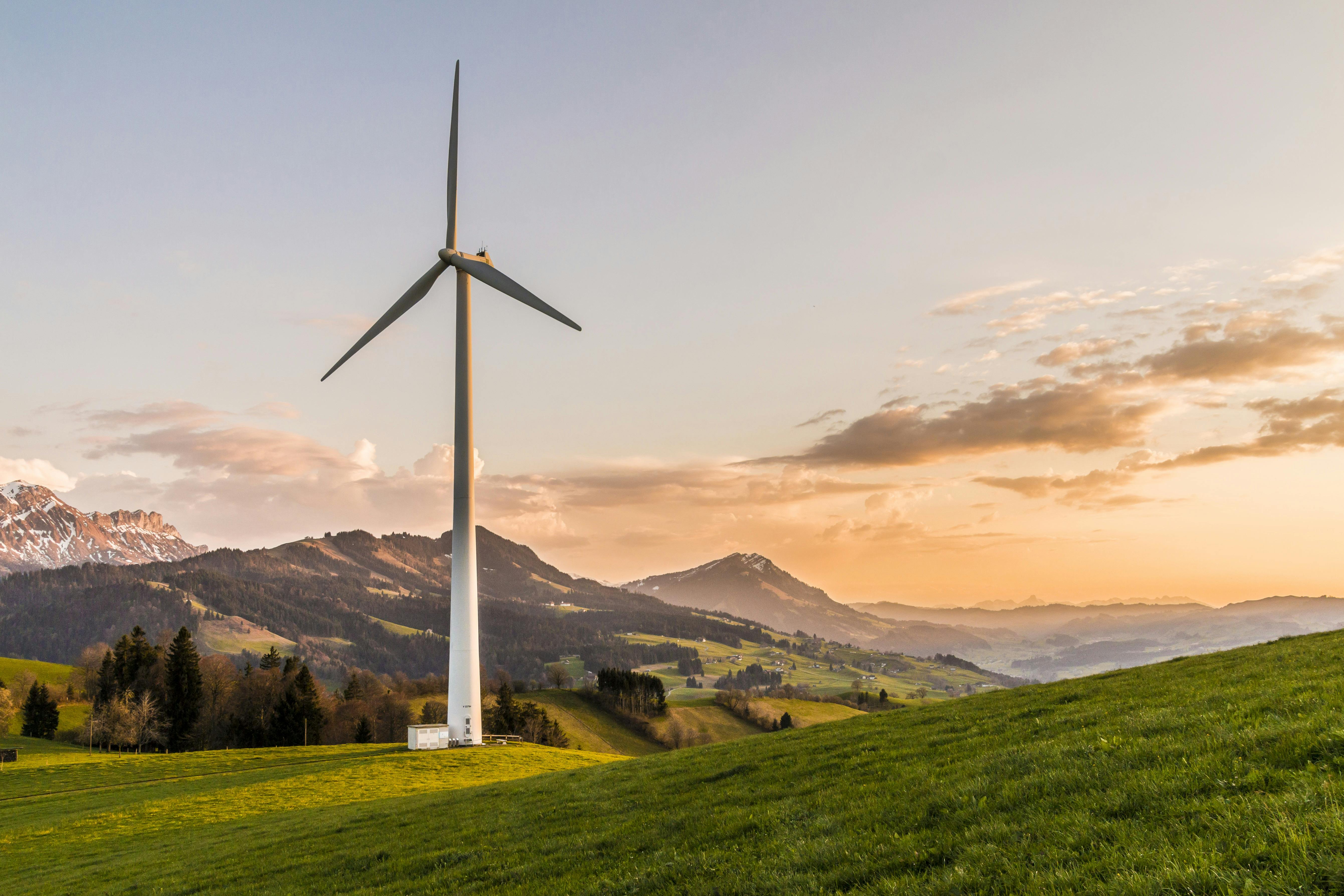
Photo by Manny Becerra on Unsplash
As global demands for food, water, and energy grow, hydropower and irrigation dams play a central role in balancing these critical needs. However, building and managing dams comes with challenges and environmental impacts that call for innovative solutions and careful planning. This article explores the current trends, challenges, and alternative approaches in using dams for hydropower and irrigation, drawing insights from recent studies in the field.
Rising Demand and Competing Needs
Increased demand for water and energy resources places considerable pressure on existing dam infrastructure. Currently, hydropower accounts for nearly half of global low-carbon electricity, providing a renewable and dispatchable source of power with lower greenhouse gas emissions than fossil fuels(Dams-for-hydropower-and…). Simultaneously, irrigation in agriculture consumes significant amounts of water and is expected to require even more as global food demand rises. The shared dependency of hydropower and irrigation on dam infrastructure often creates competition between these sectors, especially in water-scarce regions like South Asia and Africa, where climate change exacerbates water availability issues(Perspective-on-the-huma…).
Environmental and Social Impacts of Dams
The construction and operation of dams can result in significant ecological disruptions. Dammed reservoirs affect riparian ecosystems, alter water flow, and reduce biodiversity by fragmenting habitats and disturbing natural water cycles. Moreover, they can lead to social conflicts over water access and land use, affecting local communities and exacerbating inequalities in water availability. According to research by Schmitt and Rosa (2024), the environmental impacts and socio-economic costs of dams are critical considerations that call for balancing infrastructure needs with conservation efforts(Dams-for-hydropower-and…).
The Need for Sustainable Solutions
To address the gap between water and energy needs and what dams can sustainably provide, researchers recommend exploring alternative energy sources and nature-based solutions. For example, renewable options like solar and wind energy can reduce the reliance on hydropower, thereby relieving pressure on water resources used for irrigation. Nature-based solutions, such as wetlands restoration and managed aquifer recharge, offer sustainable water storage options that support both ecological balance and water supply needs for agriculture without the heavy environmental footprint of dams(Perspective-on-the-huma…).
The Role of Human Dimensions in Energy Modeling
Understanding and including the « human dimension » in energy modeling is also crucial for sustainable dam management. This concept focuses on incorporating social, economic, and behavioral factors—such as public perception, energy consumption habits, and socio-political influences—into energy planning models. Human-centered approaches can help policymakers design energy systems that account for local needs and reduce the risk of social conflict. For example, engaging communities in energy and water management decisions can lead to more equitable distribution of resources and greater public support for sustainable practices(Perspective-on-the-huma…).
Future Outlook and Policy Recommendations
The demand for hydropower is projected to increase by over 400 GW globally by 2050, necessitating careful consideration of where new dams should be built and how they are managed. In regions like sub-Saharan Africa and parts of Asia, where both irrigation and hydropower demands are expected to grow, policymakers face the dual challenge of meeting these needs without overburdening local ecosystems. Research suggests that future projects should prioritize multipurpose dams that support both energy and irrigation while integrating green infrastructure solutions to ensure long-term sustainability(Dams-for-hydropower-and…)(Perspective-on-the-huma…).
In conclusion, while dams are indispensable for modern food and energy systems, the sector must evolve to address their social and environmental impacts. By exploring alternative energy sources, promoting nature-based water storage solutions, and incorporating human dimensions into energy modeling, we can create a more sustainable balance between hydropower, irrigation, and ecosystem health. The transition to such a balanced system is essential for meeting future global demands while safeguarding the planet for future generations.
References:
- Schmitt, R. J. P., & Rosa, L. (2024). Dams for hydropower and irrigation: Trends, challenges, and alternatives. Renewable and Sustainable Energy Reviews.
- Parra, J. F., Olaya, Y., & Arango-Aramburo, S. (2024). Perspective on the human dimension in energy modelling: Structural analysis. Renewable and Sustainable Energy Reviews.

